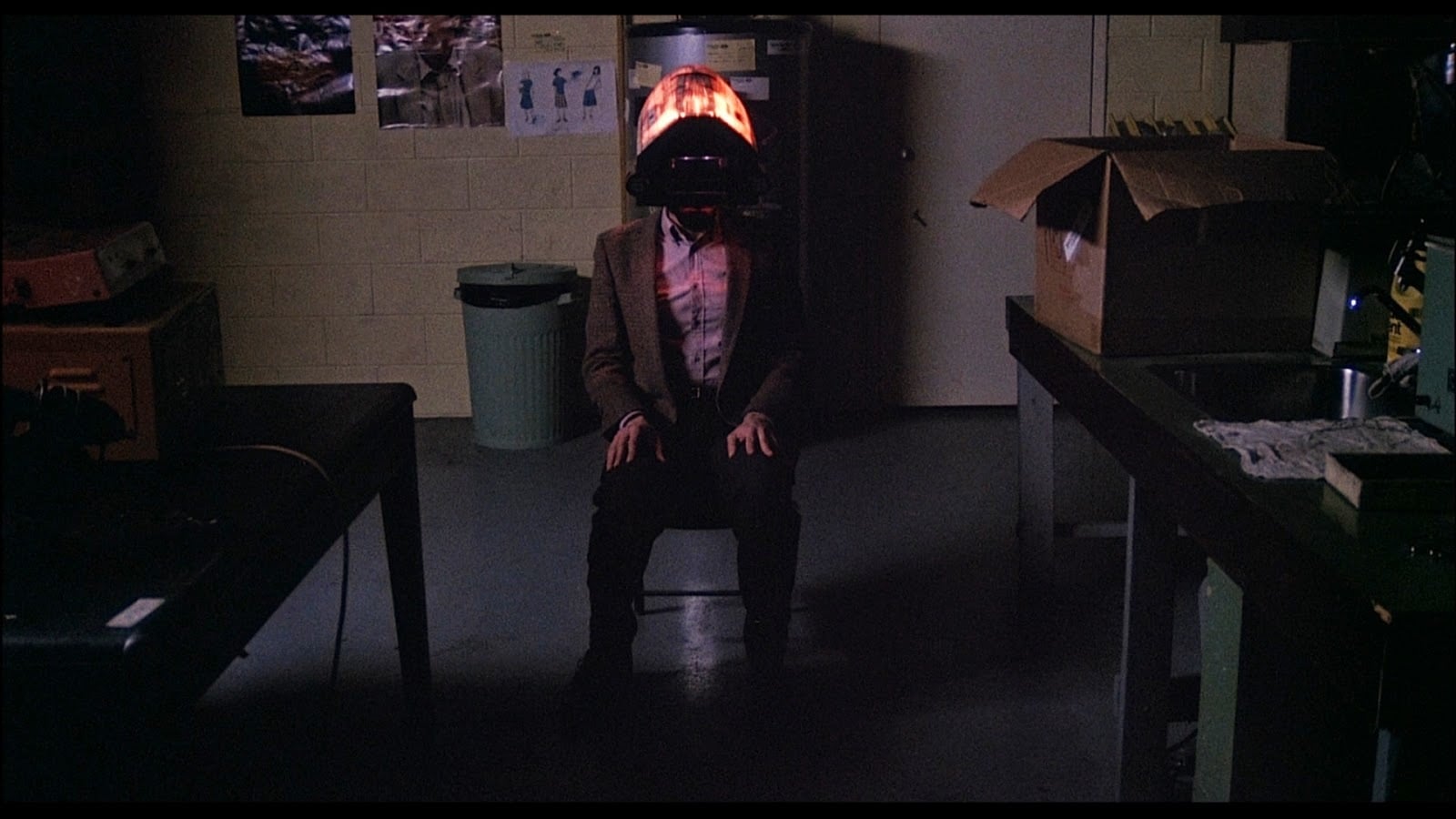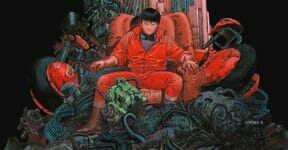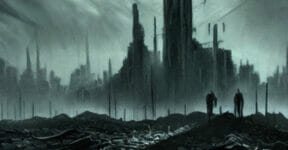Videodrome (1983) set a fine example of how 80s sci-fi horror played a major role in setting the landscape for the genre for many decades to come. Admittedly, many people probably didn’t quite understand what was going on when Nicki turned into a TV set and swallowed Max whole, or how he developed a giant vagina in his stomach for inserting video cassettes.

Although not everything was clearly outlined, the weird visuals and fear-inducing sound effects did their jobs to lure more people into dark theaters so they might dream about space, future technologies, mutants, and impending doom.
Aliens and Gross-out
Cold War fears were all over the 80s cinema, and not just in sci-fi horror films. The 1980s witnessed the emergence of a new wave of subversive speculative fictions, mostly influenced by progressive politics. Take “The Brother From Another Planet” and “Born In Flames” as examples; both took advantage of the freedom granted by science fiction to explore the lives of people with nearly zero social power. The former delivered a depiction of a black alien being on the run from slavery on another planet and ending up on Ellis Island. He did his best to blend in with the new culture, although this didn’t always work, while trying to stay hidden from alien police sent out to capture him.
As for “Born in Flames,” viewers were presented with the idea of a revolution led by people of color and women using messages broadcast via pirate radio stations. The social commentaries were so clear, everybody didn’t really have to think about the politics of it all and just enjoy the films.
In the sci-fi horror front, the blend of speculative fiction and gross-out became the go-to formula (in fact, a lot of modern movies still rely on this same recipe). David Cronenberg contributed hugely to the genre with his Scanners (1981), Videodrome (1983), and certainly The Fly (1986). Through those films, he presented the concepts of the danger of media mind control and unchecked science experiments. Let’s not forget about Re-Animator (1985) as well, which intensified the Frankenstein-style narrative into the ultimate B-movie body horror classic.
They Live and The Blob
As far as 80s sci-fi horror is concerned, you can’t simply omit John Carpenter from the discussion. Yes, everybody mentions how brilliant The Thing (1982) has always been, but They Live (1988) is also one of the genre’s finest specimens, too. It’s John Carpenter’s ultimate conspiracy theory film, in which aliens take over the greedy human society. The aliens in the film appear like normal people, unless you see them through specially made glasses. Critics dismissed the film when it first came out, sending it directly into obscurity. Over the decades, however, retrospective analysis has been kinder. Many aspects look naturally outdated today, but Carpenter’s messages on corporate dominance and consumer society remain as relevant, satirical, and unsettling as ever. And if you pair it with his work from one year earlier, Prince of Darkness (1987), the two movies might just give you an oddly sobering look at reality.
Sci-fi horror fans know that Invasion of the Body Snatchers (1978), The Thing (1982), and The Fly (1986) make for the holy trinity of remakes in the genre. We think there’s one honorary mention that should fit right in: The Blob, released in 1988. What started as a classic B-movie was then re-imagined in one of the most iconic monster films in history. And as usual, behind the superficial jelly-inspired horror elements, The Blob did an excellent job at mirroring the era’s “fear of the unknown.” It was the perfect metaphor for unexplained phenomena, unseen threats, and biological warfare seen from the eyes of a small community, encouraging collective action in a time of crisis. If you look closely enough, you might even catch the anti-authoritarian messages befitting the post-Watergate politics.
We think one of the enduring legacies of 80s sci-fi horror was the way the genre throws around social commentaries and delivers satirical messages without making itself look offensive to the audience. Perhaps it was partly because the references to popular cultures, political situations, and social injustices were kept short, subtle, and effective. Nearly every film from the era was more or less 90 minutes long, including credits; there was no need for a three-hour epic to tell a great story. Such an approach made the film more concise, focused, and truly enjoyable as a pure entertainment. If you wanted to include references about the danger of nuclear disaster, no one said you needed disaster porn footage of entire cities getting destroyed.
When you wanted to criticize poor policies, you could also do that without a 30-minute-long scene showing people protesting on the streets. People went to the theaters to enjoy the actions, the terrors, and the speculative fictions, not to make notes about everything else going on in the world.
Do you have any favorite sci-fi horror TV series? Do you prefer the original version of The Blob (1958) or the remake (1988)? We’d love to hear from you.
Other Things You Might Want to Know
What is a cult film?
The term “cult film” refers to just about every movie that has gained some truly passionate fan base – or cult following – regardless of the movie’s critical receptions, ratings, and revenues. A film can be objectively terrible, but it doesn’t really matter for the fan base as they will still purchase merchandise, engage in repeated viewings, take part in audience participation, etc.
10 great sci-fi horror films, according to the British Film Institute (BFI):
God Told Me To (1976)
- Demon Seed (1977)
- The Fury (1978)
- Alien (1979)
- The Brood (1979)
- Re-Animator (1985)
- Lifeforce (1985)
- Tetsuo (1989)
- Resident Evil: Retribution (2012)
- Under the Skin (2013)
Some black and white horror movies worth rewatching:
- The Eyes of My Mother (2016)
- A Girl Walks Home Alone at Night (2014)
- A Field in England (2013)
- Eraserhead (1977)
- Night of the Living Dead (1968)
- Hour of the Wolf (1968)
- Repulsion (1965)
- Strait-Jacket (1964)
- Dementia 13 (1963)
- Carnival of Souls (1962)
Check out other articles by month:







